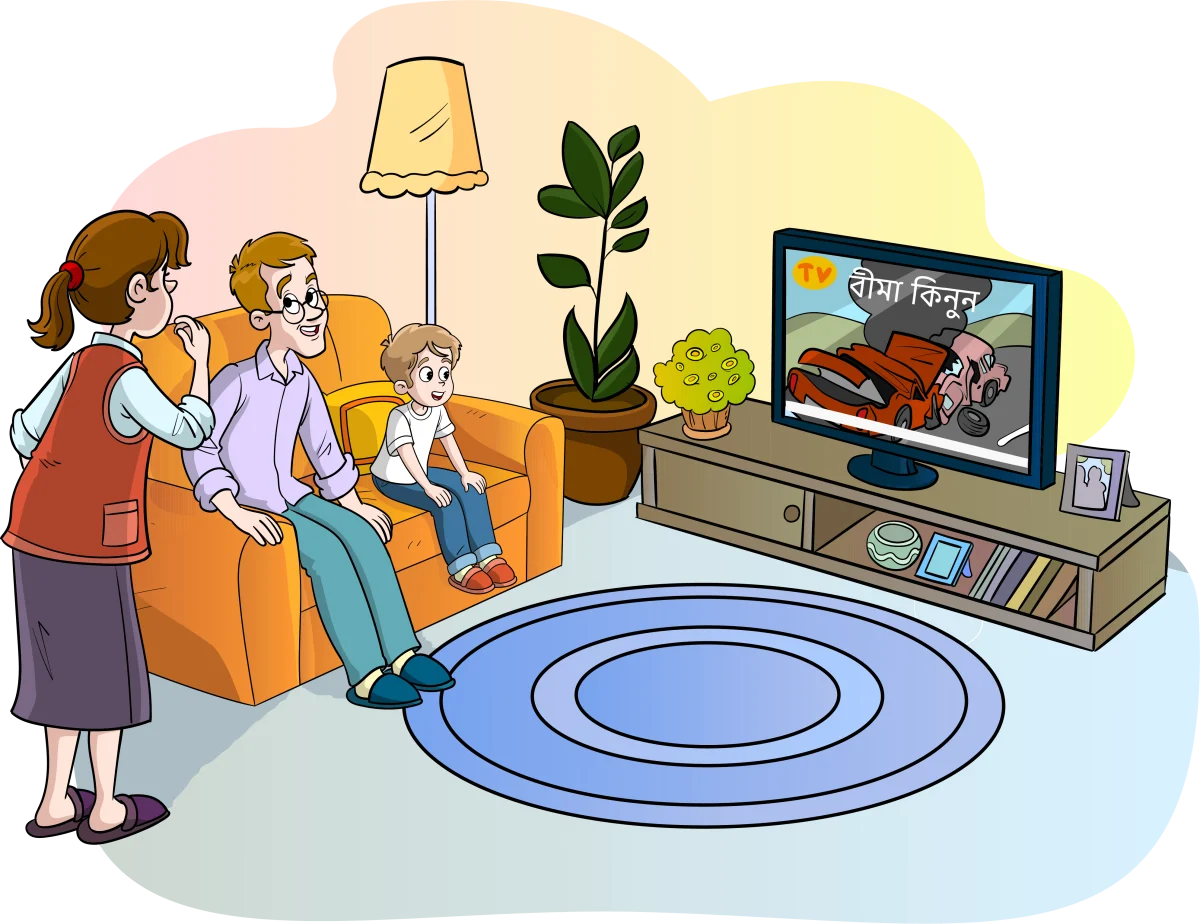A luxury car ad airs on Indian television. A winding Alpine road. A sharply dressed businessman. Something about “embracing the journey.” Now, imagine watching this while stuck in bumper-to-bumper traffic in Delhi with horns blaring around you. The message doesn’t only miss—it crashes.
This isn’t just a hypothesis. Global brands often make the mistake of assuming professional translation services are enough to adapt their TV commercials for Indian audiences. But in a country where language, culture, and consumer behavior shift every hundred kilometers, translation alone won’t cut it. Professional transcreation services go beyond words, reshaping content to feel native rather than imported.
Why Traditional Translation Falls Short
Back in the day, Indian TVCs were simply dubbed in multiple languages. The visuals remained the same, the messaging unchanged. But today’s audiences are too savvy for that. They don’t just listen—they interpret. If a commercial feels out of place, they tune out.
Indian language translation services help with accessibility, but true regional content review services ensure that an ad feels like it was designed for the viewer—not just adapted for them. Cross-cultural analysis of advertisements indicate that cultural nuances, symbolism, and narrative styles significantly impact audience reception across regions. Brands investing in multilingual content editing are seeing higher engagement because they acknowledge that language is just one part of the equation.
What Does True Localization Look Like?
If localization was just about changing words, translation software programs would have put language professionals out of business by now. But it’s not. True localization demands a deep understanding of culture, humor, aesthetics, and even the subconscious cues that influence decision-making.
1- Culture: What Works in One State Might Flop in Another
-
-
- A Diwali-themed ad makes sense in most of North India, but in Kerala, Onam holds stronger emotional weight.
- A cricket reference will resonate nationwide, but a Bollywood star endorsement won’t sway Tamil Nadu, where Kollywood reigns supreme.
- Humor is tricky: what’s hilarious in Mumbai might get a blank stare in Chennai.
-
2- Visuals: Does the Background Tell the Right Story?
-
-
- Burger ads in India don’t just swap out beef for paneer—it changes the entire setting. The backdrop, the attire, even the way people interact in the ad align with local expectations.
- A European winter scene in an ad for woolen clothes? Irrelevant. Swap it for a shot of Shimla or Manali, and now you have something that makes sense to an Indian audience.
-
3- Language: More Than Just Words
Dubbing a script is easy. Making it sound natural is hard.
-
-
- Direct translations can be disastrous. “Break a leg” in Hindi? That’s not a blessing; it’s a hospital visit waiting to happen.
- Tone matters. English ads tend to be more straightforward, while Hindi and regional language ads lean into emotion and storytelling.
- Slang and pop culture references vary wildly across regions. A Gen-Z audience might love an Instagram reference; a Kolkata audience might connect more with a Tagore quote.
-
4- Music & Sound: The Unspoken Language of Emotion
Soundtracks and jingles carry deep cultural weight. Consider how:
-
-
- Coca-Cola creates region-specific jingles rather than just translating the original.
- A festive jingle for a Tamil Nadu audience might use Carnatic influences, while a Punjab-targeted version could have bhangra beats.
- Even voice modulation matters—an overly polished westernized accent can make an ad sound distant rather than familiar.
-
5- Regulatory & Social Considerations
-
-
- Food brands must be mindful—local preferences and certain religious sensitivities dictate how meat-based products are advertised.
- Regional laws differ. An ad acceptable in Maharashtra might run into trouble in Gujarat.
-
6- Localization in Action: Case Study
A European automobile giant launching an SUV in India needed region-specific strategies. Here’s how they did it:
-
-
- North India: Focused on ruggedness, featuring drives through the Himalayas.
- South India: Emphasized fuel efficiency, showcasing long coastal road trips.
- East India: Highlighted family safety, showing multi-generational households.
- West India: Positioned as a luxury status symbol for business professionals.
-
The results? A 40% increase in engagement and 25% higher brand recall compared to their previous one-size-fits-all approach.
The Role of AI in Localization: Hype vs. Reality
AI-driven professional translation services are speeding up the process, but they can’t replace human intuition. Machine learning helps with multilingual content editing, but it can’t catch cultural nuances the way a skilled professional transcreation agency can. The future likely involves AI-assisted human expertise—automation for efficiency, but people for precision.
Are You Localizing or Just Translating?
To achieve true localization, brands need to move beyond translation and invest in professional transcreation services. In India, this might involve partnering with a translation company in Mumbai or a multilingual translation services provider in Delhi to ensure that your content resonates with local audiences. Brands that invest in true professional transcreation services don’t just speak to audiences—they connect with them. The goal isn’t just to be understood. It’s to be felt.
For marketers, the question isn’t whether to localize—it’s how well you’re doing it.
April 1, 2025 — magnon
